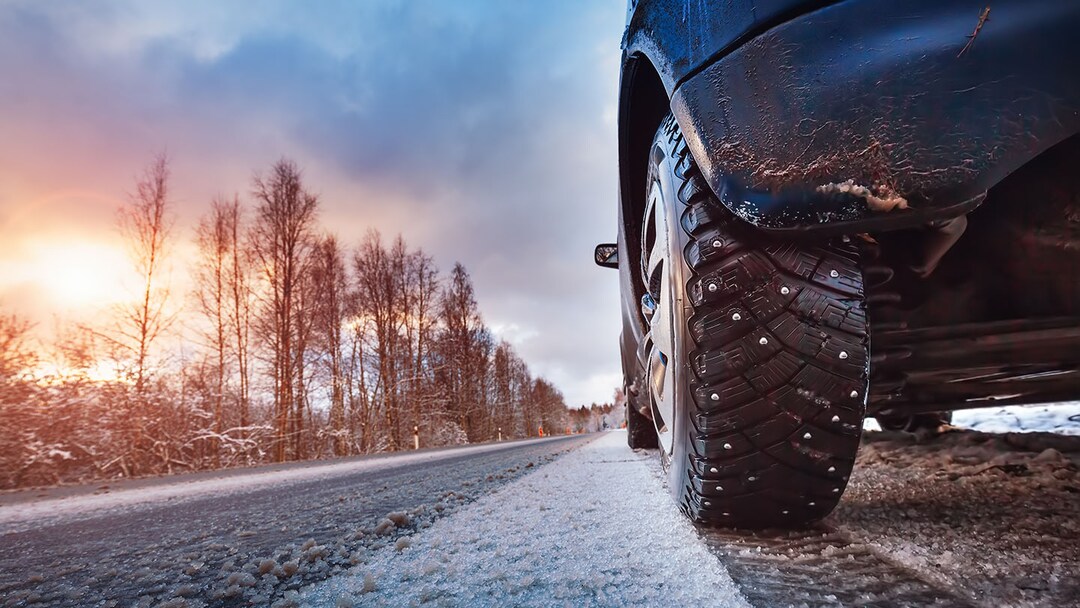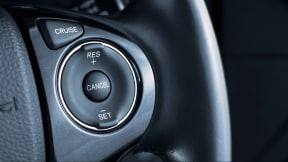M+S tires: What to know

Quick insights
- Mud and snow (M+S) tires are most effective in mud and moderate amounts of snow.
- M+S tires have a tread design and rubber composition that are optimized for improved traction in muddy or snowy environments.
- You can tell M+S tires apart from other types because “M+S” or “M&S” will be on the sidewall.
Buying tires may not seem like a big deal, but it could be very important if you enjoy driving off-road or preparing for certain weather conditions. There are many options on the market, but here’s your guide to M+S tires.
What does M+S mean on a tire?
“M+S” on a tire stands for “mud and snow.” The symbol, typically “M+S” or “M&S,” signifies that the tire meets certain standards for enhanced performance in mud and snow. M+S also indicates that the tire is designed to perform better than standard tires in mud and snow conditions. M+S tires are commonly used on SUVs, trucks and other vehicles that may encounter varied road conditions.
Can you use M+S tires all year?
Yes, you can use M+S tires all year, but they may not be ideal for all conditions. This type of tire is probably suitable for drivers who experience occasional winter weather but do not require the full capability of specialized winter tires.
On the one hand, M+S tires provide better traction in mud and snow. On the other hand, they may wear out faster and offer less performance in dry and warm conditions compared to summer or all-season tires. In short, using M+S tires might be a compromise between winter capability and year-round usability.
M+S tires vs. snow/winter tires
M+S tires are designed to improve traction and handling in snow, but they’re different from snow tires or winter tires. The tires that get the “winter” or “snow” description are made with specific materials and tread. Winter tires are also designed and rated for various levels of snow, typically heavier or tougher conditions than M+S tires.
How long will winter tires last?
Winter tires typically last several seasons, but their longevity depends on various factors. These factors include the frequency of use, driving habits, road conditions, and proper maintenance. Regularly driving on dry or warm pavement can cause winter tires to wear out faster. Proper storage and timely rotation can help extend their lifespan.
M+S tires vs. all-terrain tires
M+S tires and all-season tires have different hallmarks and are suitable for distinct driving conditions.
M+S tires:
- Designed specifically for improved traction in mud and snow
- Feature deeper tread patterns and larger gaps between tread blocks to enhance grip in wintry conditions
- Not optimized for performance in all weather or road conditions
All-terrain tires:
- Designed to provide enhanced performance across rugged terrains and pathways
- Typically have a reinforced sidewall and large tread blocks
- Built for sand, dirt, gravel and mud, or virtually “all” types of terrain
In summary
When you see M+S on a car tire, that means it’s designed for driving in mud and snow. M+S tires provide improved traction compared to standard or all-season tires. The tread design and rubber compounds are optimized for muddy and snowy conditions. Despite their usefulness in snow, M+S tires are not generally meant for severe snow conditions.



